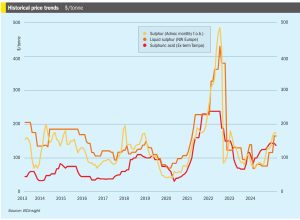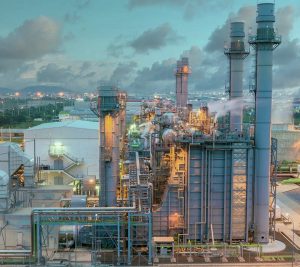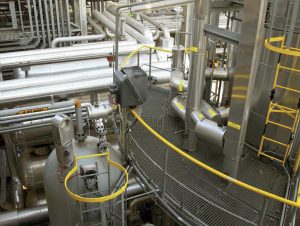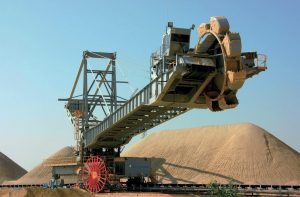The Deendayal Port Authority (DPA), Kandla, has issued a tender for the engineering, procurement and construction (EPC) contract to build India’s first port-based bio-methanol plant. The 3,500 t/a plant will use oxy-steam gasification technology to convert biomass into bio-methanol. The scope covers design, engineering, procurement, construction, commissioning, and product certification, with bidders required to outline plant life, warranties, capital expenditure, and operating costs. The move follows DPA’s earlier call in May for turnkey proposals for a larger integrated plant of over 15,000 t/a, and its February 2025 agreement with Bapu’s Shipping Jamnagar Pvt. Ltd. to develop India’s first bio-methanol bunkering facility, including a dedicated bunker barge, at Kandla Port.








